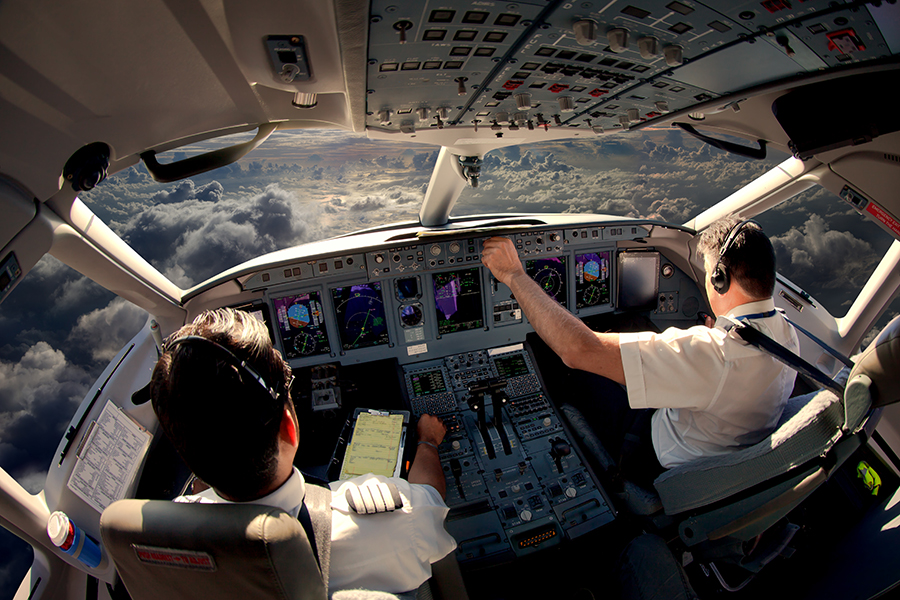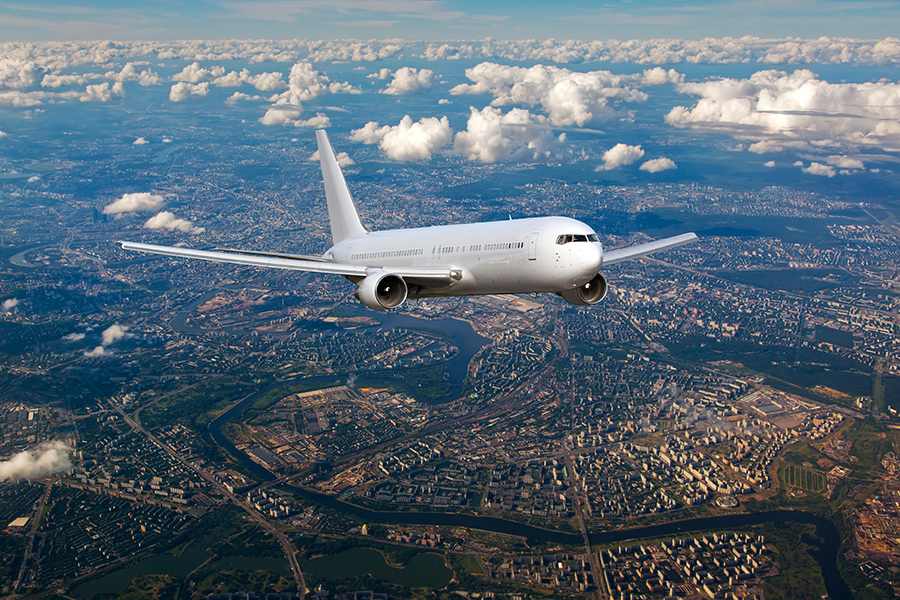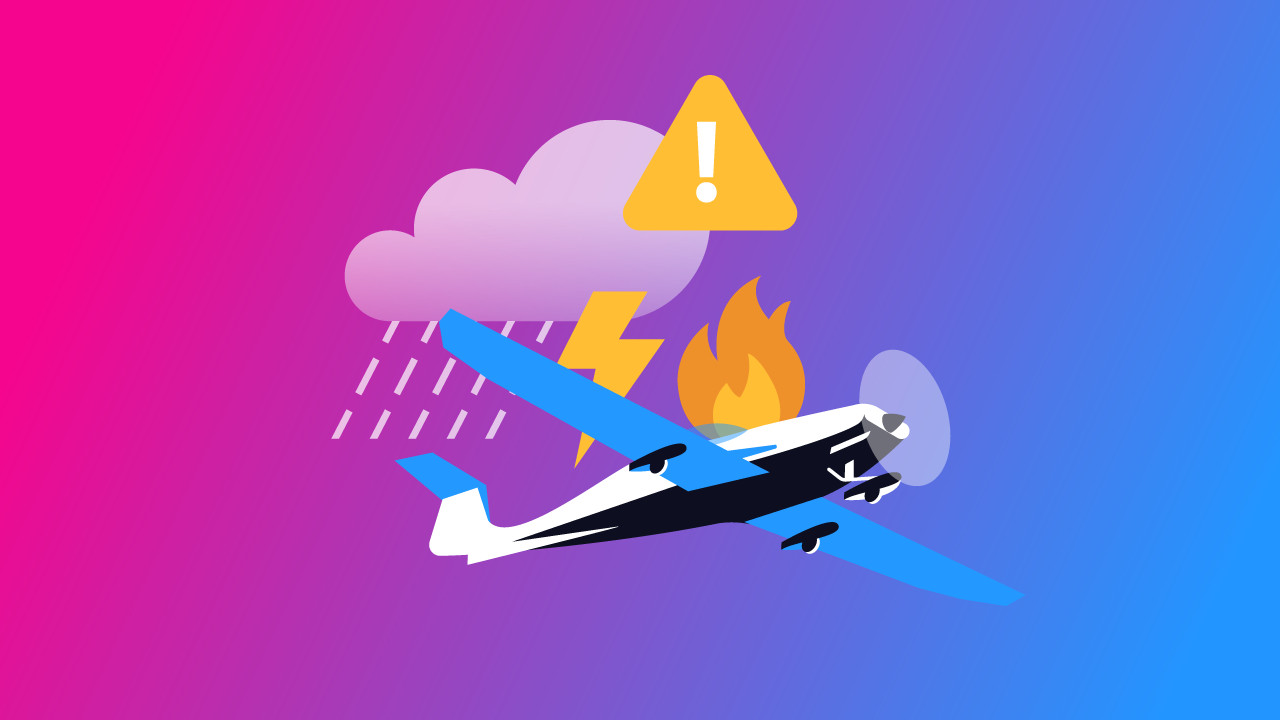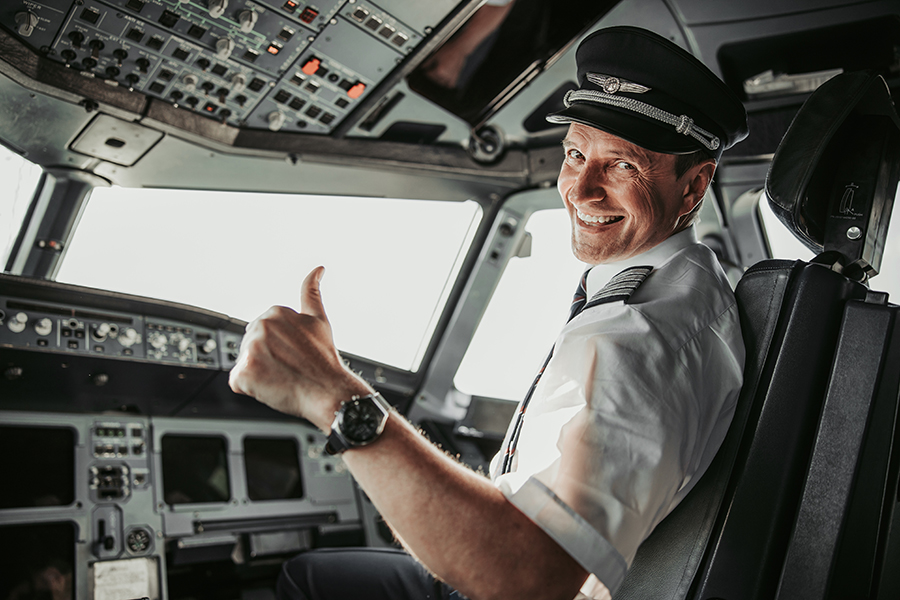One of the most exciting developments in commercial aviation within the last ten years is the technological improvements surrounding ADS-B and transponder technologies.
However, along with these improvements come new procedures, legislation, and new terminology that all pilots should be aware of. As the technology was slowly implemented, legislation was progressively issued and updated. Countries worldwide have varying degrees of implementation and legislation requirements relating to ADS-B, and outdated information is often quoted.
This article will provide a full breakdown of ADS-B requirements in 2022 for the United States, ensuring you are up to date with the current implementation and legislation surrounding these technologies.
What is ADS-B?
Automatic Dependent Surveillance-Broadcast (ADS-B) Is an enhanced method of aircraft surveillance aimed at improving situational awareness for pilots and Air Traffic Controllers (ATCs). It can be thought of as the next generation of transponders, with vastly improved capabilities.
ADS-B can be divided into two categories:
- ADS-B out
- ADS-B in
It is essential to understand the difference between ADS-B in and out as legislation and regulations make distinctions between ADS-B in and out according to country, vehicle, airspace, and type of operation.
ADS-B Out

ADS-B out refers to vehicles that have the ability to broadcast ADS-B signals, which commonly include identification, position, velocity, and altitude information.
Any capable station is able to receive ADS-B out signals, in contrast to traditional transponders where an interrogation signal needs to be received before a reply is sent.
ADS-B In
ADS-B in refers to a station (such as an appropriately equipped aircraft or ground vehicle) that is able to receive ADS-B signals.
Equipment Versions
ADS-B is divided into two primary versions:
- 1090 MHz (1090ES)
- 978 MHz (978 UAT)
Most international ADS-B requirements mandate 1090 MHz ADS-B equipment, while some areas in the US allow 978 MHz ADS-B equipment.
Where is ADS-B Required?

ADS-B Out is required in the majority of controlled airspace in the United States.
Here is a breakdown of the ADS-B requirements for airspace types in the US:
- Class A: ADS-B is required at all altitudes.
- Class B: Required from the surface to 10,000 feet Mean Sea Level (MSL), including airspace from Class Bravo that extends beyond the Mode C Veil up to 10,000 feet MSL (such as at LAX and LAS).
- Class C: Required from the surface to 4,000 feet MSL, including the airspace above the horizontal boundary up to 10,000 feet MSL.
- Class E: Required at and above 10,000 feet MSL over the 48 states and DC, excluding airspace at and below 2,500 AGL. Also required over the Gulf of Mexico at and above 3,000 feet MSL within 12 nautical miles of the coastline of the United States.
- Mode C Veil: Required in airspace within a 30 nautical mile (NM) radius of any airport listed in Appendix D, Section 1 of Part 91 (such as SEA and PHX), from the surface up to 10,000 feet MSL.
It is important to note that any airspace that requires the use of a transponder as per 14 CFR 91.215 also requires an aircraft to be equipped with a Version 2 ADS-B Out system. In other words, if you plan to fly in controlled airspace, you will require a transponder and very likely ADS-B Out as well.
Furthermore, aircraft operating at and above Flight Level 180 (FL180 / 18,000 feet MSL) must be equipped with a Mode-S transponder-based ADS-B transmitter.
There are currently (May 2022) no ADS-B requirements for Navassa Island, American Samoa, Baker Island, Howland Island, Jarvis Island, Johnston Atoll, Kingman Reef, Midway Atoll, Northern Mariana Islands (North of 1749N), Palmyra Atoll, and Wake Atoll.
ADS-B Exemptions
An ADS-B exemption can be obtained for a single-use route deviation authorization. This deviation authorization is usually intended for aircraft that need to relocate for maintenance purposes but do not have serviceable ADS-B equipment.
This deviation authorization can be obtained through the Deviation Authorization Pre-Flight Tool (ADAPT). This online, web-based utility streamlines the process of applying for a deviation authorization.
A deviation authorization is not intended for regular use. If the FAA believes that you are using the deviation authorization to circumvent ADS-B regulations, your application may be denied. In this case, specific authorization must be requested for the ferry flight with the intention of installing ADS-B equipment.
The following rules apply to the ADS-B deviation authorization:
- The deviation authorization is only valid for one route.
- The deviation authorization only applies to airspace in the United States.
- Applications must be submitted between 24 hours to 1 hour before departure.
- Authorizations are only valid within 2 hours after an approved Estimated Time of Departure (ETD).
Conclusion
There is no doubt that ADS-B is the future of aviation surveillance. When operating in the United States, a good rule of thumb regarding ADS-B requirements is this; If you require a transponder, there is a high likelihood that you will also require ADS-B out.



